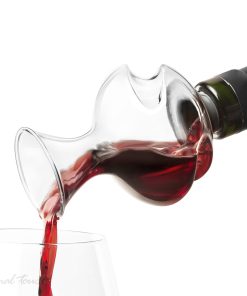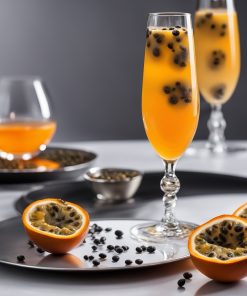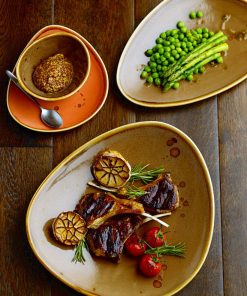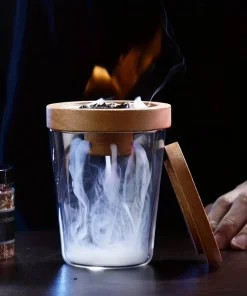Martini is definitely more than a cocktail and behind that elegant, clear ice-cold drink there is a lot of mystery. Let’s discover some of its secrets.
The Martini has been always a fascinating drink and gains its popularity due to its mystery. Regarding its birth, there is a mention in 1776, where a French musician (by German origins), Jean Paul Martini Schwarzedorf was always enjoying his favourite drink that was made with genievre and dry white wine. The other musicians and artists requested this fantastic drink and what for him become the ‘usual’ drink for others became Martini’s drink. The story that is more plausible comes from 1888, from one of the greatest bartender ever, Harry Johnson, from his bestseller Bartender’s Manual, where he added not an only illustration but also contained detailed instruction of a drink called Martinez: same as Manhattan but with gin instead of whiskey. And from here comes the fact that Martinez is the father of the Martini.
Where does that olive come from? There are two stories regarding this: A young French man, called Julio Richelieu, moved to Martinez, California, and decided to open a bar in Ferry Street where he was mixing and serving a drink with a green olive that was called Martinez around 1870. The people of Martinez claim that the namesake Martinez cocktail was first produced in their town and there is even a plaque that commemorates its creation. Around 1910, a young Italian emigrant bartender called Martini from Arma di Taggia (in the northwest of Italy) made a gin and vermouth concoction and served it with olive for the millionaire John Rockefeller. Rockefeller was so impressed by this drink that he asked for its name. The young bartender suggested to be called after his guest, it was obvious because it was created for him but then Rockefeller decided to call after its creator: Martini.
There are many variants, but the ingredients are always three:
-
gin or vodka
-
vermouth dry
-
garnish.
Following the ingredients that you use is going to affect the drink either in a great way or even in a really bad way. This is down to the gin or the vodka (but can be used even both and you have a Vesper Martini), the vermouth, and also the quality of the ice, that must be clear and healthy.
Garnish The presence of the lemon twist as a garnish adds that citrus touch due to its essential oils when squeezed. If you prefer savoury go for an olive. The Nocellara are my favourites but you can try also anchovies stuffed olives or blue cheese stuffed ones. Simply delicious!
We can argue for days which are the most indicative olives for a Martini but all of us know that the Nocellara are great candidates for the podium, for their crisp texture and balanced buttery yet clean taste. There is no substitute for quality therefore invest in some that come from Valle del Belice in the southwest of Sicily. To be considered!!! There are also people that they are considered ‘purists’ and for this reason, they prefer not to garnish at all their drink. The reason is that they love the pure flavour and taste of that drink that they don’t need any garnish.
Recipe (make sure to use premium ingredients)
– 10 ml vermouth dry
– 60 ml gin/vodka
If you prefer: Naked – no vermouth at all. Extra dry – use 5 ml vermouth dry. Wet – 20 ml vermouth dry. For a Direct Martini, place your spirit, gin or vodka, in a freezer and serve directly in a cocktail glass. Garnish and serve. The secret also here is that the spirit must be iced cold.
How to make it. Start by chilling your mixing glass and pour over ice the vermouth first and then the spirit you prefer. Stir until is ice cold and serve in a chilled Martini glass.
You can try also the Montgomery variation. The great Ernest Hemingway named the variation after Field Marshall Bernard Law Montgomery leader of the British Eight Army, during the Second World War’s North African campaign, and the story goes that he would attack the German field Erwin Rommel – called the Desert Fox – and his men, only if His Majesty’s forces outnumbered this formidable foe by 15:1 ratio.







